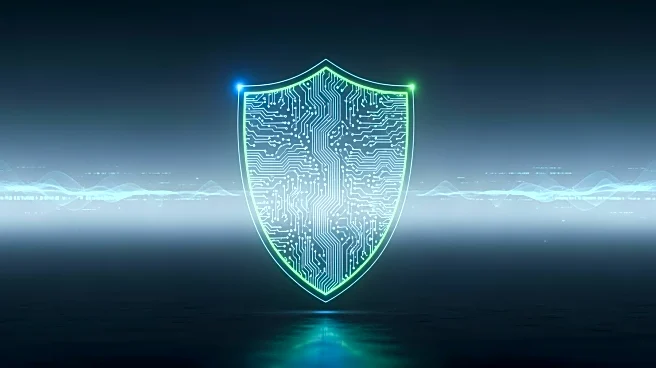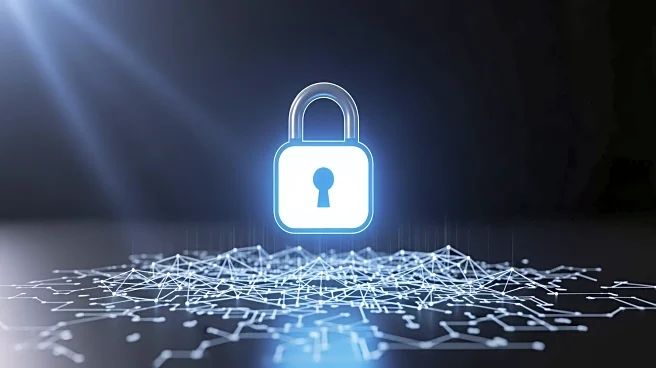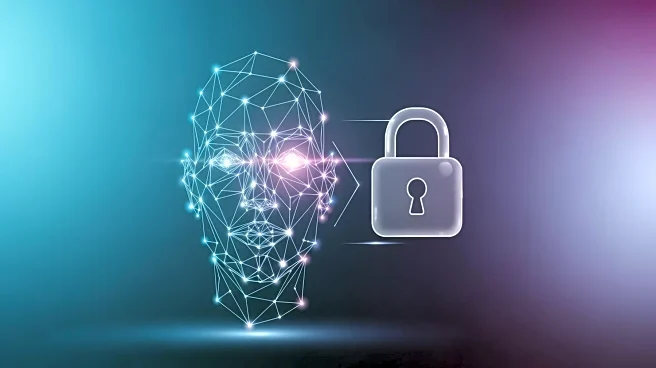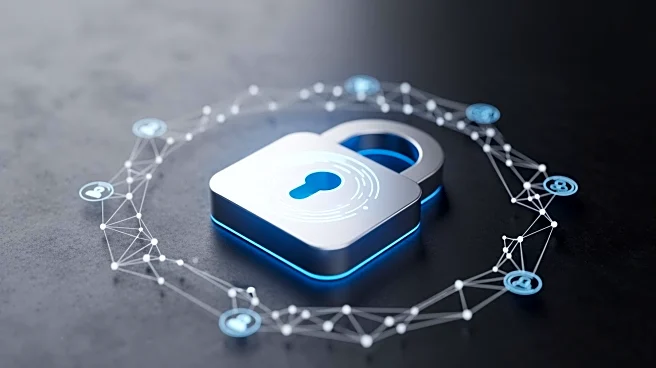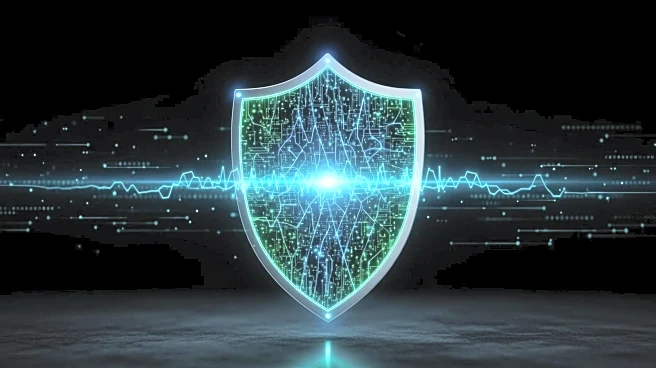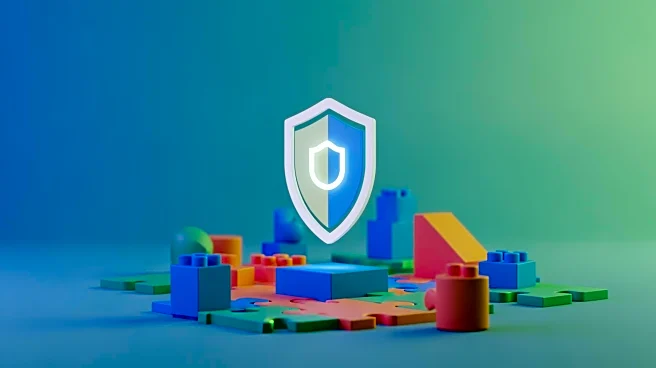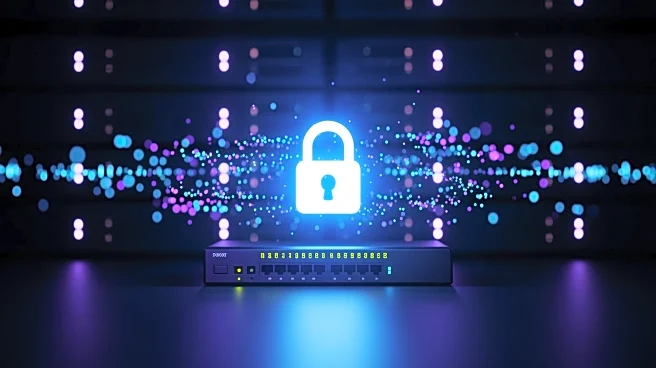What's Happening?
Agentic AI is poised to revolutionize cybersecurity by providing defenders with a significant advantage over cybercriminals. According to CyberArk's Chief Trust Officer, Omer Grossman, agentic AI enables
the democratization of cybersecurity expertise, allowing organizations to better assess and manage cyber risks. The average cost of cyberattacks has surpassed $4 million in Australia, prompting a need for new risk assessment methods. Cyber Risk Quantification (CRQ) and Cyber Threat Exposure Management (CTAM) are tools that help quantify risks and prioritize actions. Grossman emphasizes the importance of engaging with board members to develop a security-first mindset and elevate cybersecurity discussions to strategic levels.
Why It's Important?
The rise of agentic AI represents a critical shift in cybersecurity, offering organizations the ability to better protect themselves against increasingly sophisticated threats. By quantifying risks and engaging with board members, CISOs can ensure that cybersecurity becomes a strategic priority. The integration of agentic AI into business processes will require robust identity and access management strategies to handle the growing number of AI agents. This shift will necessitate changes in governance and compliance approaches, as automated systems operate at machine speeds. Organizations that embrace agentic AI will be better equipped to manage cyber risks and protect their assets.
What's Next?
As agentic AI continues to evolve, organizations will need to adapt their cybersecurity strategies to accommodate the new technology. This includes developing robust identity and access management systems to manage AI agents and ensuring sufficient governance to address potential anomalies. The integration of agentic AI into business processes will likely lead to increased efficiency and improved risk management. Organizations will need to invest in training and system upgrades to fully leverage the benefits of agentic AI. The ongoing development of agentic AI will shape the future of cybersecurity, with implications for regulatory policies and industry standards.
